The Untold Secrets Behind Stress-Testing Education vs. Signage Businesses—Here’s What Every Smart Investor Must Know Before Dropping a Dime!
Ever found yourself stuck between a rock and a hard place when choosing a franchise? Imagine stress-testing your future business the way an engineer tests a bridge — but instead of steel and bolts, you’re evaluating trust, routines, speed, and precision. That’s exactly what happens when you pit an education franchise, where calm and consistency rule, against a signage franchise, fueled by workflow and flawless execution. Both promise success, but they run on totally different rhythms — and the real challenge is figuring out which machine you’re built to operate day in and day out. Spoiler alert: It’s not about falling in love with the industry; it’s about falling in love with the grind behind it. Ready to peek behind the curtain of staffing puzzles, compliance gymnastics, and cash flow mysteries? Let’s dive in and run the field tests that reveal the truth no glossy brochure ever will. LEARN MORE

Key Takeaways
- Compare education and signage franchises with one due diligence framework.
- Run real-world field tests to understand each business model’s strengths.
- Focus on leading indicators – throughput, quality, retention, labor, and cash.
- Assess your personal management style before committing to a franchise.
- Choose the business “machine” you can operate consistently and confidently.
Great franchise decisions aren’t made in brochures; they’re made in the messy middle where staffing, compliance, sales cycles, and unit economics collide. This guide gives you a practical way to compare two distinct paths using the same lens of real-world tests: an education franchise that wins on trust and routine, and a signage business that wins on speed and precision. Apply one operating system – clear standards, visible metrics, disciplined coaching – to both categories, then decide which machine you truly want to run.
The Service Physics you’re Buying
Strip away the marketing and you’re choosing between two kinds of work:
- People-intensive operations anchored in safety, curriculum fidelity, communication, and culture. That’s the center of gravity in an early childhood education franchise – your “product” is a reliable, calm day that parents can feel and measure.
- Workflow-intensive operations anchored in quoting, proof approvals, substrate management, production tolerances, permitting, and installs. That’s the heartbeat of a sign franchise – your “product” is a flawless, on-time deliverable that makes other businesses’ marketing, etc., look professional.
Both are process businesses; they just stress different muscles.
Run Field Tests Before you Sign Anything
Your goal is to observe reality, not theory.
- Visit three competitors in each category unannounced. Time the intake experience with your phone. For example, note how long it takes to get a school tour scheduled versus how long it takes to get a signage quote.
- Call as a prospect at 8:30 a.m. and 4:30 p.m. Do you reach a human? How confident are their answers?
- Read ten online reviews per location, then ask managers – politely – what changed after a bad week. You’re measuring coaching culture, not perfection.
- Drive a preferred trade area at peak times. For schools: watch drop-off traffic, parking, and sidewalk safety. For shops: look for install-friendly access, loading, and truck egress.
- Ask about leading indicators. Schools: tour-to-enrollment rate, 30/90-day retention, incident-free days. Shops: quote-to-proof cycle time, remake rate, on-time install percentage.
One list is plenty; the rest of your diligence should be conversations.
The Talent Model: Where The Hours Really Go
Directors, teachers, and classroom assistants are the soul of an early childhood education franchise. The leaders who win hire for calm, train relentlessly, and hold ratios without drama. They script parent communication and rehearse incident responses so a rough morning never becomes a rough week. The KPI you’re buying is re-enrollment.
Sales reps, production managers, and installers are the spine of a sign franchise. The leaders who win stage work to minimize handoff frictions: proofs are clean the first time, substrates are ready before the printer cools, permits don’t stall installs, and the crew treats the final 10% (the part the client sees) as sacred. The KPI you’re buying is repeat orders.
Throughput and Cash Behavior
In education, revenue is paced by enrollment and stabilized by routine. Cash predictability rises with parent communication quality and teacher retention. In signage, revenue is paced by approved proofs; cash accelerates with short cycle times and tight remake rates. One isn’t better; they’re different machines. Choose the tempo you want to manage every week.
Real Estate and Code: Non-negotiables that Save Money Later
School sites live or die on safe ingress/egress, acoustics, outdoor space, and licensing-friendly floor plans. A clever lease can’t fix a rough drop-off pattern. Sign shops live or die on access, power, ventilation, ceiling height for racking, and straightforward truck movement for installs. A “cheap” bay that chokes your workflow is expensive by month three.

Compliance, Quality, and Reputation – your Compounders
Compliance isn’t paperwork; it’s brand equity. In schools, steady ratios, spotless incident documentation, and consistent curriculum delivery are why word-of-mouth compounds. In shops, permit readiness, OSHA-smart installs, ADA/life-safety accuracy, and tidy sites are why facility managers quietly move all their work to you. Reputation is an asset you build daily.
Vendor Depth and Supply Chain Realism
Ask to see the vendor bench. Education needs reliable curriculum materials, food service plans where applicable, and background-check partners. Signage needs substrate availability, ink profiles dialed in, hardware redundancy, and device maintenance on a calendar – not a wish. Availability beats elegance when timelines are tight.
Scorecards that Managers Actually Use
You don’t need 40 metrics; you need five you’ll touch weekly:
- Throughput: tour-to-start (education) or quote-to-install days (signage)
- Quality: incident-free days (education) or remake rate (signage)
- Retention: 30/90/180-day student retention (education) or client reorder frequency (signage)
- Labor stability: 90-day staff retention; training hours completed
- Cash discipline: days cash on hand; inventory turns or classroom readiness
Tie reviews to coaching, not scolding. Leading indicators let you fix small drifts before they become big stories.
How to Make The Call with Confidence
After your field tests and conversations, write one paragraph that finishes this sentence twice:
- “I want to run this because the work looks like ___, the wins feel like ___, and the hard days require ___.”
- “I don’t want to run this because ___.”
If you can’t write both for each category, you’re not done yet. The right answer is the one whose daily work matches your temperament and talent bench.
Closing The Loop with Governance
Before you wire a dollar, align your legal diligence to the FTC’s franchise buyer guidance and your financial diligence to your bank’s underwriting standards. Cross-check FDD promises with owner interviews: training hours delivered, field visits actually made, and support response times during crunch weeks. Boring answers are a good sign.
Choose The Machine You’ll Run Well – Let The Results Compound
The smart move isn’t to “fall in love with an industry”; it’s to fall in love with a machine you can run well. If your strengths lean toward culture, communication, and calm routines, an early childhood education franchise can turn those strengths into trust and durable re-enrollment.
If your strengths lean toward throughput, tolerances, and deadline discipline, a sign franchise can turn those strengths into repeat B2B demand. Use one operating system, run your field tests before you sign, and choose the work you’ll be proud to do every day.

FAQs
What’s the biggest difference between education and signage franchises?
Education franchises are people-intensive, focusing on trust and calm routines. Signage franchises are workflow-intensive, focusing on speed and precision.
How can I perform real-world due diligence on a franchise?
Visit competitors, test response times, read reviews, and talk to managers to evaluate how operations work in practice.
Why is compliance so important in these businesses?
Compliance drives reputation. It signals reliability in education and professionalism in signage, helping you compound brand equity.
What metrics should franchise managers track weekly?
Throughput, quality, retention, labor stability, and cash discipline – these indicators guide consistent improvement.
How do I choose between these two types of franchises?
Pick the model that fits your natural strengths. Culture-focused leaders thrive in education, while process-driven leaders excel in signage.
Note: Sponsored Blog Post

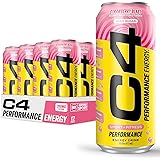
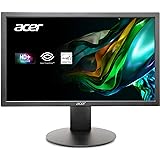
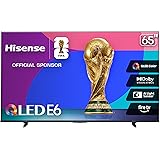


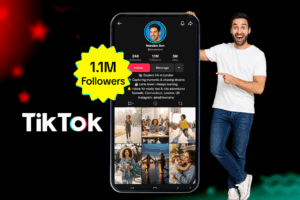


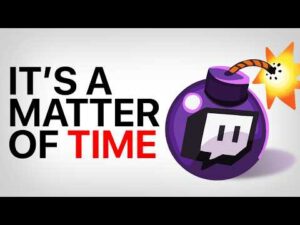
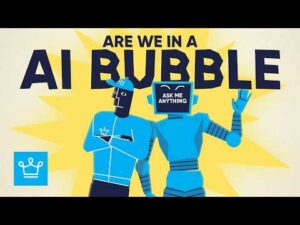




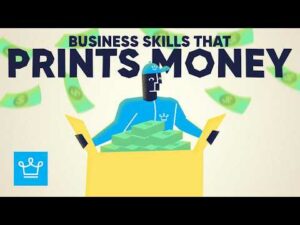




Post Comment